Introduction
Wine blending is a fascinating art form that allows winemakers to create unique and balanced flavors by combining different grape varieties. In Napa Valley, this practice has been perfected over generations, leading to some of the most celebrated wines in the world. But what goes into the process of wine blending, and why is it so important in the world of Napa Valley wines?
What is Wine Blending?
Wine blending is the process of mixing different wines—often from different grape varieties, vineyards, or even aging techniques—to achieve a specific taste profile. The goal is to enhance balance, complexity, and consistency, ensuring that the final product meets the winemaker’s vision.
In Napa Valley, blending is a crucial aspect of crafting Bordeaux-style blends, as well as proprietary red and white wines. Winemakers carefully experiment with different combinations to achieve the perfect expression of fruit, acidity, tannins, and body.
The Components of a Wine Blend
The key elements that winemakers consider when blending include:
- Grape Varieties: Napa’s Bordeaux-style blends often include Cabernet Sauvignon, Merlot, Cabernet Franc, Malbec, and Petit Verdot.
- Aging Influence: Wines aged in oak versus stainless steel can have different flavor profiles and textures, affecting the final blend.
- Tannin Structure: The amount of tannin in a wine can determine its mouthfeel and aging potential.
- Acidity & Balance: A successful blend must have the right balance of acidity to maintain freshness and longevity.
The Wine Blending Process
- Harvesting and Fermentation: Grapes from different vineyard blocks or varietals are harvested and fermented separately.
- Initial Tasting & Selection: Winemakers sample different lots of wine and begin identifying which components may work well together.
- Small-Scale Test Blends: Various percentages of different varietals are blended in small batches to determine the ideal combination.
- Aging & Adjustments: The blend is fine-tuned over months or even years, sometimes using different oak barrels to refine flavors.
- Final Blending & Bottling: Once the perfect balance is achieved, the blend is bottled and prepared for market.
Why is Blending Important in Napa Valley?
Napa Valley’s diverse microclimates and soil compositions create variations in grape flavors, even within the same varietal. Blending allows winemakers to craft wines that showcase the best characteristics of each vineyard site, producing a wine that is greater than the sum of its parts.
Conclusion
The art of wine blending is a time-honored tradition in Napa Valley that elevates winemaking from simple fermentation to a complex and creative process. By carefully selecting and combining different grape varietals, vineyard lots, and aging methods, Napa winemakers continue to craft some of the most exceptional and sought-after wines in the world.


